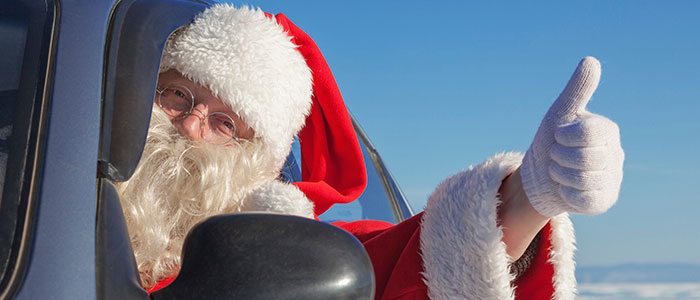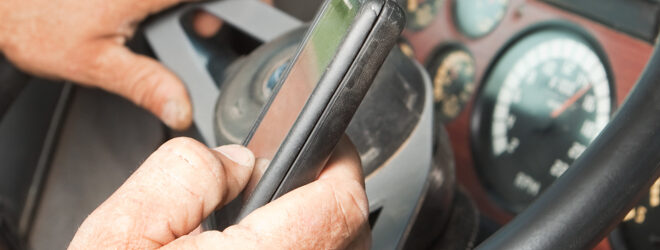’Tis the season for holiday shopping and festive celebrations. While you’re driving around town crossing things off your holiday checklist, it’s important to keep road safety top of mind. Here are 12 days of Christmas road safety tips to remember when you’re on the road this holiday season.
- Install winter tires. Your winter tires can go on as soon as temperatures hit 7 C. The pressure in your tires tends to drop significantly in the winter due to the cold air, so do routine checks throughout the winter.
- Check your batteries. Battery faults are the most common cause of breakdown during the year, but especially in the winter due to the colder temperatures. Batteries are good for three to five years. If your battery is more than five years old, replace it.
- Check your wiper blades. Blowing snow and ice can make it extremely difficult to drive. Checking your wiper blades in advance can help you be better prepared for the journey ahead of you. Consider getting special winter wiper blades with protective rubber boot to prevent snow and ice buildup.
- Pack an emergency roadside safety kit. This is the season for on-the-road emergencies. That’s why it’s important to pack an emergency kit and keep it in your trunk at all times. Items to include: a first-aid kit, band-aids, bottled water, energy bars, roadmaps, gloves, a flashlight, matches, and a blanket.
- Carry an extra tire. With unsafe road conditions in the winter, you never know when you’ll need a spare tire. Make sure to keep one in your trunk and check the air pressure on it daily to ensure it’s ready to use.
- Double the two-second rule. It takes longer to stop on a slippery road. Under normal driving conditions, a guide to safe spacing between you and the vehicle ahead is the two-second rule. In winter, especially during poor weather conditions, double the two-second rule.
- Keep your fuel tank full. It will take you longer to get to where you need to go in the winter. Make sure your fuel tank is sufficiently full (at least half a tank is recommended). Also, it’s one less thing to worry about if you happen to get stranded on the road.
- Signal well. It’s hard to see in extreme weather conditions. Make sure your signal lights are working and signal well ahead of time to give the vehicle behind you enough notice to prevent any accidents on the road.
- Clear all snow and ice off your car. When heavy snow and slush slides down the windshield during braking, it can disfigure your front and rear wiper blades, arms, and damage the linkage and motor. Make it a daily to-do to wipe off any snow or ice buildup on your car. This will also help you see better on the road.
- Keep a full-size shovel in your trunk. A shovel will come in handy when you’re stuck in deep snow, or when there’s an excess of ice buildup on your windshield.
- Plan your route. Driving in the winter can put you at even greater risk. Factor in road closures and be prepared for delays. Consider rescheduling your trip if the weather is bad.
- Drive slowly. Weather conditions can be unpredictable, placing additional demands on your driving skills. Always adjust your driving speed to road and weather conditions. Stay alert, slow down, and remain in control.




